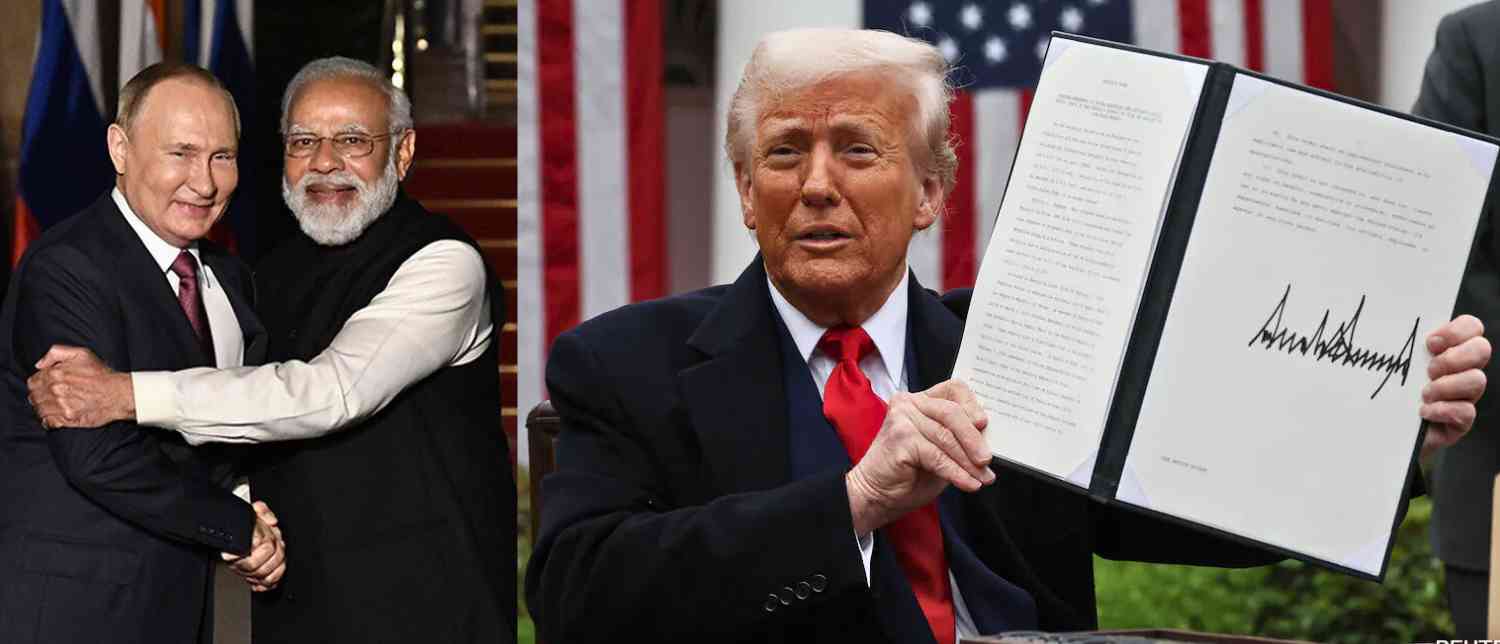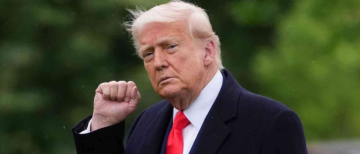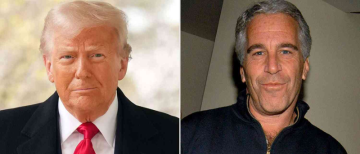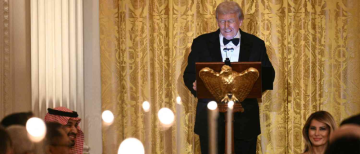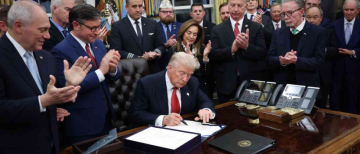On July 30, 2025, U.S. President Donald Trump announced a significant new trade policy impacting India and its imports to the United States. Trump declared that starting August 1, India would face a 25% tariff on its goods imported into the U.S., along with an additional unspecified penalty related to India’s continued purchases of Russian oil and military equipment. This announcement reflects the collapse of ongoing trade talks between the two countries and adds pressure amid broader geopolitical tensions connected to the Russia-Ukraine conflict.
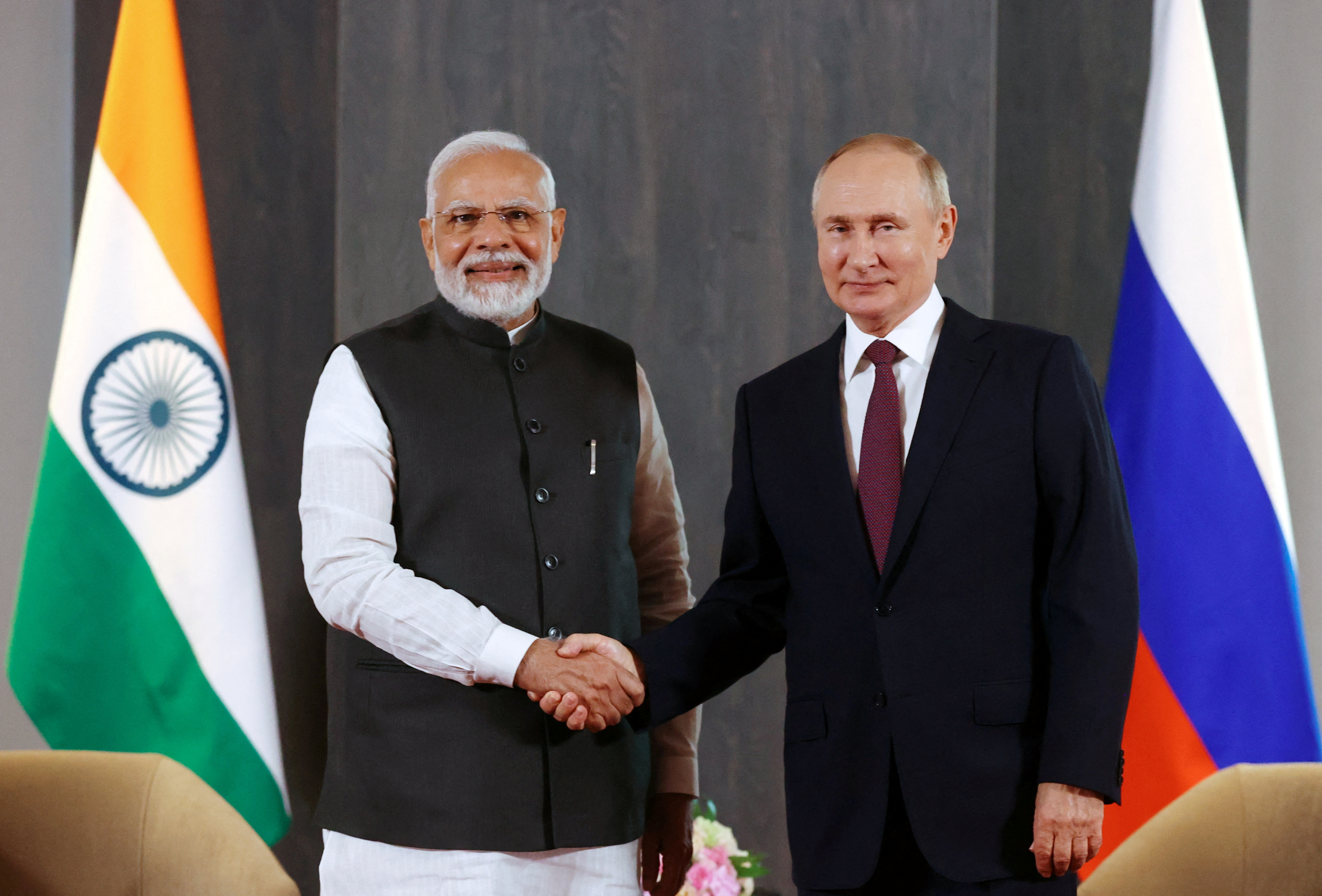
Trump criticized India's trade policies on his Truth Social platform, calling them among the highest tariffs globally and describing India's non-monetary trade barriers as the most strenuous and obnoxious of any country. He emphasized that although India is a strategic ally, the U.S. has conducted relatively little business with India because of these high tariffs and trade barriers. He also took issue with India’s ongoing energy and defense trade relations with Russia, labeling it “not good” given the global demand for Russia to stop its military actions in Ukraine.
Trump stated: “India will therefore be paying a tariff of 25%, plus a penalty for the above, starting on August first”.
Trade talks between India and the U.S. had been ongoing for several months and were thought to be nearing an agreement. However, disagreements on tariffs and other trade barriers, coupled with geopolitical concerns over India’s engagement with Russia, caused these negotiations to stall and finally collapse. The tariff announced is notably higher compared to those set for other Asian countries—vietnam faces 20% tariffs, Indonesia 19%, and Japan 15%. This signals a tougher stance from the U.S. toward India at this time.
_1753947288.jpeg)
India is a growing manufacturing hub, especially for electronics and pharmaceuticals, producing more smartphones than any other country in 2025. The new tariffs could affect roughly 10% of Indian exports to the U.S. in the coming months, impacting sectors like electronics, pharmaceuticals, and jewelry.
The imposition of tariffs is not solely about trade balances or tariffs but deeply linked to geopolitics. Trump's administration highlighted India’s purchases of Russian military hardware and energy while the Ukraine conflict demands international pressure on Russia to cease its aggression. This move aligns with U.S. efforts to isolate Russia economically but complicates U.S.-India relations. India has maintained a relationship with Russia historically for defense and energy needs, arguing for strategic autonomy in its foreign policy.
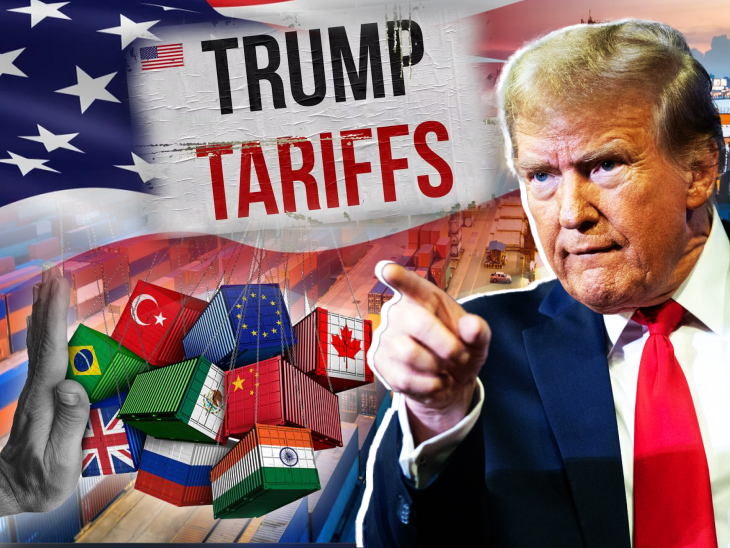
-
U.S. Perspective: From the U.S. viewpoint, the new tariffs are aimed at correcting what is described as an unfair trade deficit with India due to India’s high tariffs and trade barriers against American goods. The U.S. also wants India to reconsider its relationship with Russia in the context of the Ukraine war. Trump framed the tariff as a necessary step to level the playing field for American businesses and to exert pressure on India to align more with U.S. foreign policy priorities.
-
Indian Perspective: India finds itself in a difficult position. While it values its strategic partnership with the U.S., it also has long-standing defense and energy ties with Russia. Additionally, India has consistently maintained that it follows a policy of non-alignment and strategic autonomy, balancing relations with multiple global powers. Indian officials have expressed hope that negotiations will resume to avoid tariffs impacting their economy and trade. However, the tariff imposition complicates these efforts and may lead exporters and manufacturers to look at alternative markets or suppliers.
-
Economic Impact: Experts note the 25% tariff and penalty could disrupt trade flows, hurting Indian exporters in key sectors. Some businesses may seek to relocate production out of India to countries with lower tariffs. The tariffs may also impact U.S. consumers and companies who benefit from Indian imports.
Trade negotiations now face an uncertain future. The August 1 deadline set by Trump has not been extended, signaling a firm U.S. stance. India is likely to respond with diplomatic efforts to mitigate the impact and may seek trade partnerships elsewhere. International observers see this as part of a broader pattern of increasing protectionism and geopolitical tensions affecting global trade relationships.
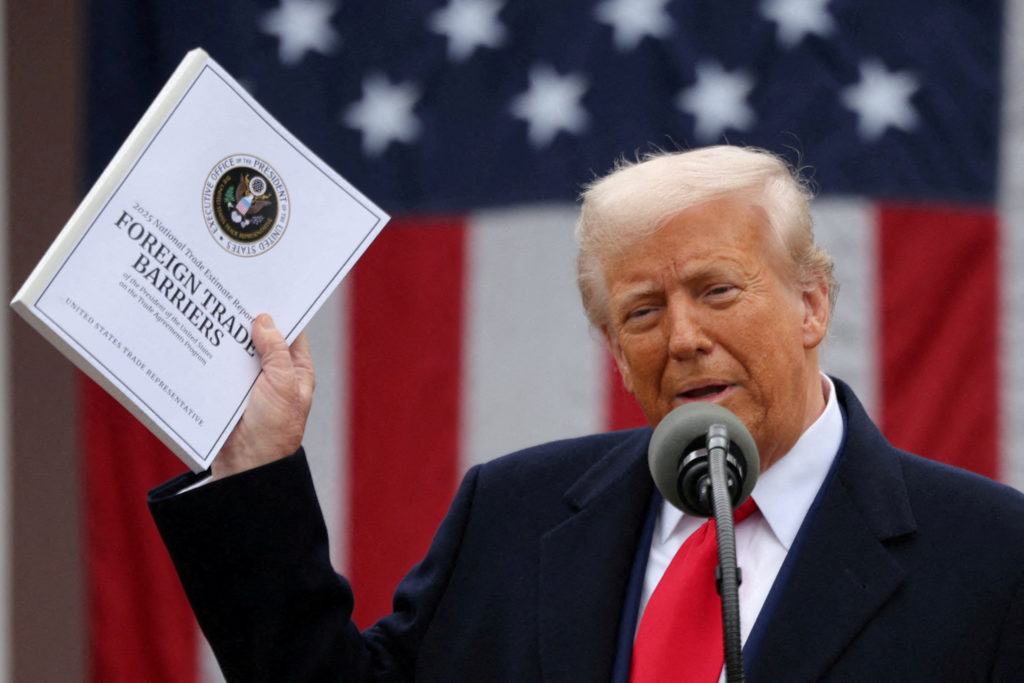
This development shows how trade policies often intertwine with global politics, requiring nations to navigate carefully between economic goals and strategic partnerships. While the tariffs aim to protect American trade interests, they also risk straining an important bilateral relationship with one of the world’s fastest-growing economies. The coming months will determine whether dialogue can resume or if trade tensions will deepen further.
With inputs from agencies
Image Source: Multiple agencies
© Copyright 2025. All Rights Reserved. Powered by Vygr Media.

